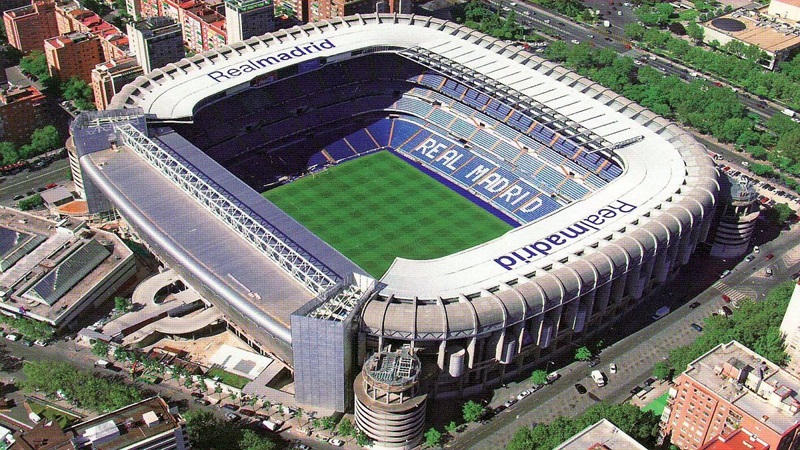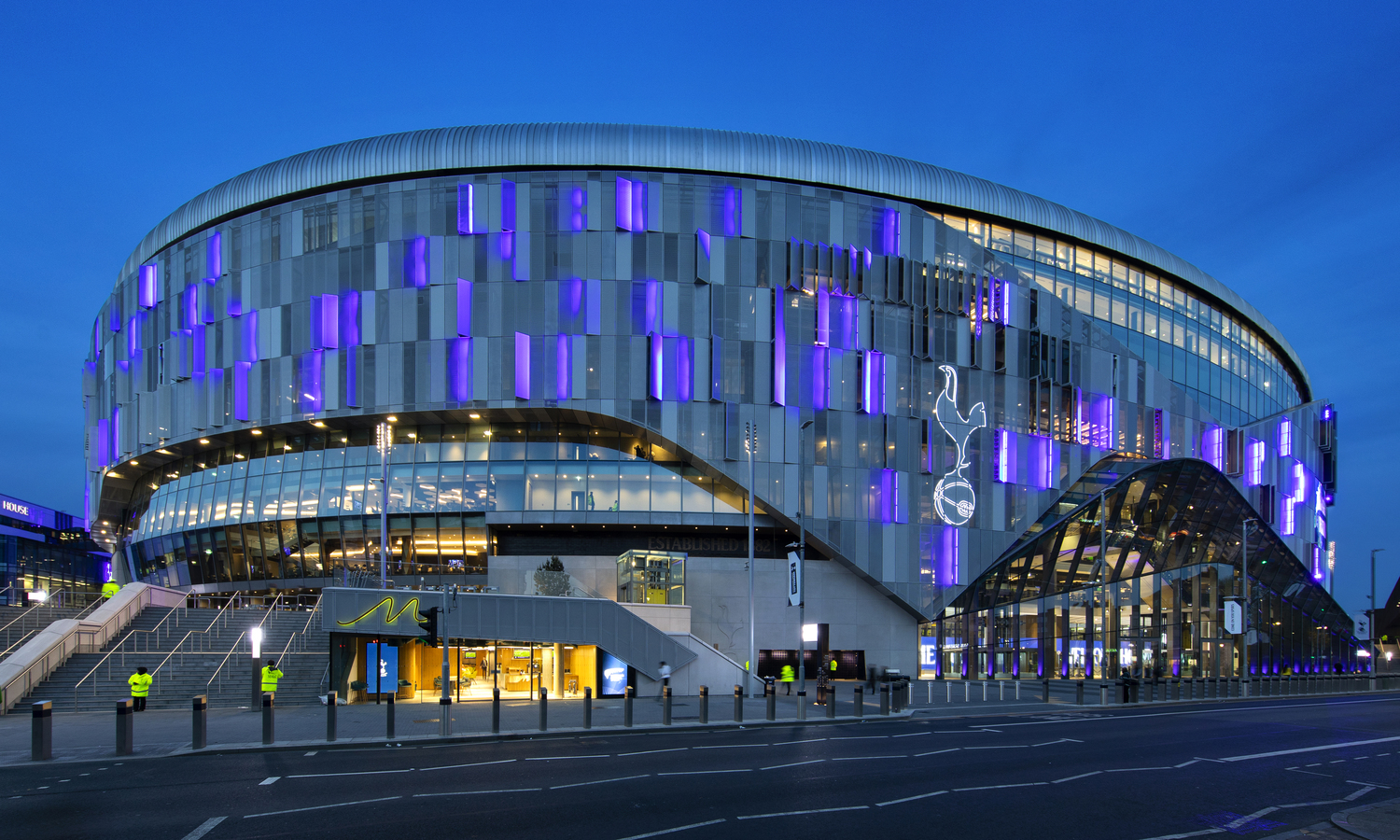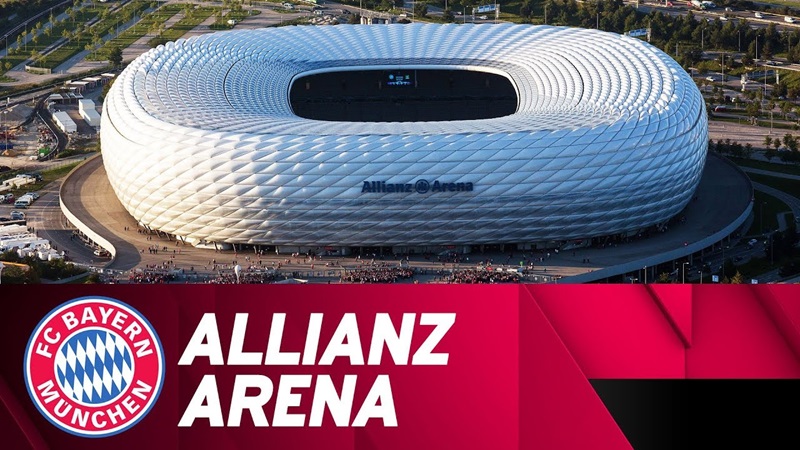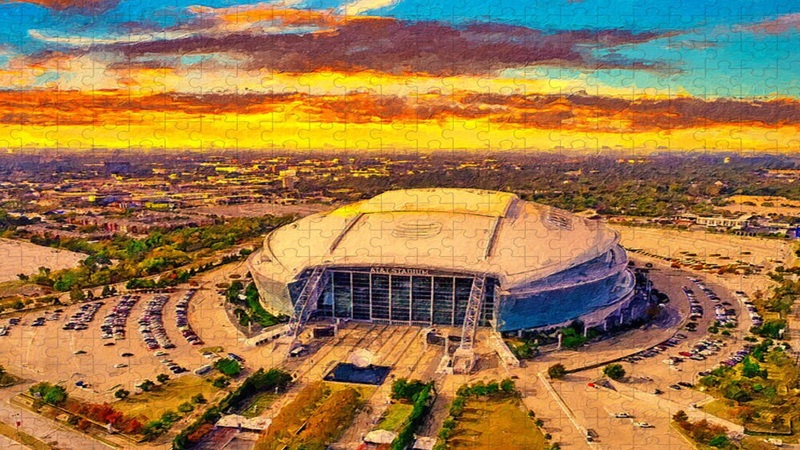Top 5 digitalized stadiums in the world

In the era of technology, football stadiums are no longer just venues for matches; they have become centers of digital experiences.
The digitalization of these arenas brings significant improvements for both fans and organizers, offering a unique and innovative experience.
Here’s a look at the top digitalized stadiums in the world and the features that make them stand out:
Santiago Bernabéu (Madrid, Spain)
The iconic stadium of Real Madrid is undergoing modernization to become one of the most technologically advanced stadiums:

- Intelligent Retractable Roof: Allows the entire stadium to be covered in just a few minutes, protecting both spectators and the pitch.
- Giant LED Screens: Placed around the stadium, these provide real-time images and information, enhancing fans’ visual experience.
- Augmented Reality (AR): AR applications allow fans to access detailed information about players, statistics, and key moments directly on their mobile phones.
- High-Speed Wi-Fi: Available for all spectators, enabling quick internet access and live streaming on their devices.
Tottenham Hotspur Stadium (London, England)
Inaugurated in 2019, the new stadium of Tottenham Hotspur is a showcase of technological innovation:

Immersive Sound System: Provides perfect acoustics, ensuring an electrifying atmosphere.
360-Degree Screen: A circular video screen offers clear images and real-time details from all corners of the stadium.
Cashless Payment System: All transactions are digital, eliminating the need for cash and speeding up purchase processes.
Customized Mobile App: Provides match information, access to electronic tickets, and interactive guides for fans.
Mercedes-Benz Stadium (Atlanta, USA)
The stadium of the Atlanta Falcons is renowned for its state-of-the-art technological solutions:

- Petal-Shaped Retractable Roof: Allows precise control of natural light and ventilation.
- 5G Connectivity: The first stadium in the world to fully implement 5G technology, offering ultra-fast internet speeds for all spectators.
- 360-Degree Video Camera System: Enables instant review of controversial phases and offers unique perspectives for viewers.
- Indoor Navigation App: Guides fans to their seats, restrooms, food stands, and other facilities.
Allianz Arena (Munich, Germany)
The home of Bayern Munich is a digitalized stadium, offering an unforgettable experience for fans:

- Exterior LED Lighting: Allows the facade color to change depending on the team playing or special events.
- Facial Recognition System: Used for access control and security, ensuring quick and safe entry for spectators.
- Virtual Reality (VR): Fans can experience matches through VR, offering a 360-degree perspective of the action on the pitch.
- Interactive Touchscreens: Placed around the stadium, these provide detailed information about matches, players, and statistics.
AT&T Stadium (Arlington, USA)
Also known as “Jerry World,” the stadium of the Dallas Cowboys is a leader in technology integration:

- Gigantic Central Video Screen: One of the largest HD screens in the world, suspended above the field, providing clear images and stunning details.
- Intelligent Lighting System: Allows light adjustment according to events, creating the perfect atmosphere for each occasion.
- High-Performance Wi-Fi Connectivity: Ensures fast and stable internet access for all spectators.
- Crowd Monitoring System: Uses sensors and cameras to manage the flow of people, enhancing security and comfort for fans.
These stadiums represent the pinnacle of digitalization in sports, offering innovative experiences and transforming the way fans interact with sporting events. The implementation of advanced technologies not only enhances the spectator experience but also optimizes operations and security within these impressive arenas.